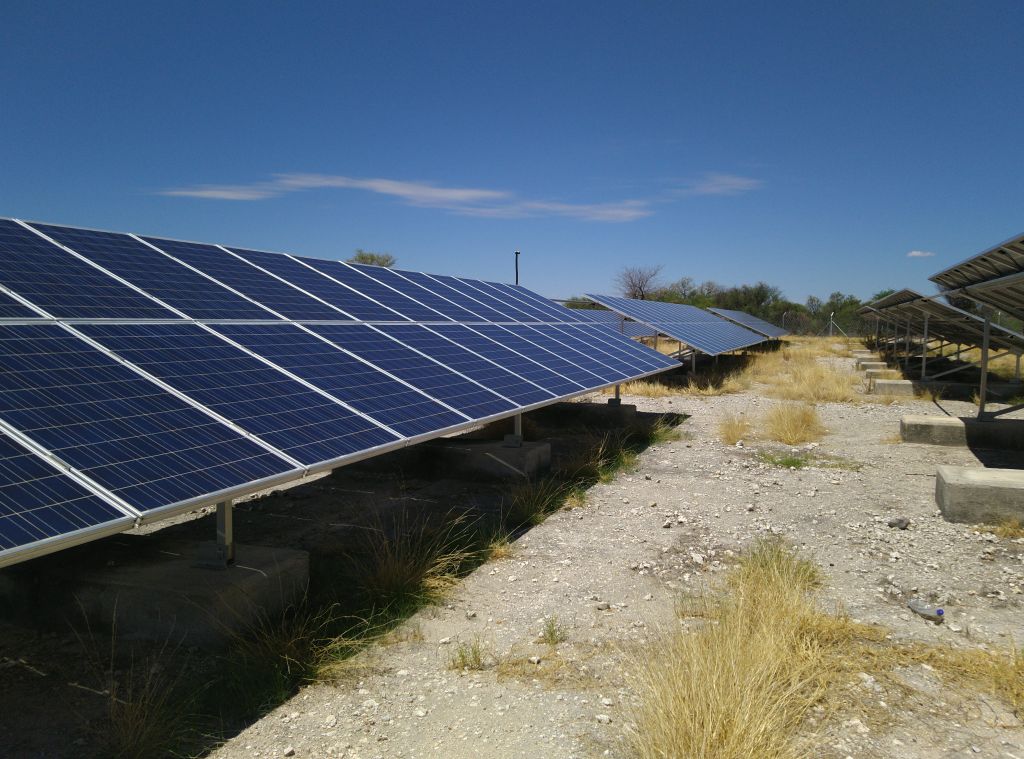Henock Dibaba, LUT University
Microgrids are a suitable solution for rural Africa’s electricity challenge. However, most of the microgrid developments in the region are still carried out by government or donor initiatives. This hinders their expansion throughout the region.
Why it has been difficult to invest in rural microgrids?
For the vast majority of rural microgrid, investing without a subsides is not economically viable. This is mainly because of the characteristics of rural communities such as remote and dispersed customers, a lower income of customers and lower uptakes of electricity, which typically do not cover the costs.
How can countries improve rural microgrid development?
One way of improving rural microgrid expansion can be by inviting private investors to participate in capitalizing the sector. To enable them to do so, enabling regulation and viable business models are required. So far, private investors’ involvement in the microgrid sector remains minor; and for those that exists, they are mainly through parallel support from government or donors to reduce the risks involved.
There have been some improvements in the region; some countries already adopt enabling policies and regulations that promote private investment participation in the development of the rural microgrid. However, there should be further regional initiatives and established frameworks that create opportunities for private sector involvement.
Besides, a well-defined business model can play an important role in describing the business process and economics and can help improve rural microgrid expansion. Business model design includes technical, financial, ownership, and operational roles. Today, several business models have been designed and studied for public and commercial sector microgrids. However, many of these models focus on a specific part of the business process, such as economic benefits, success factors, or frameworks for policies and regulation. Hence, it becomes important to facilitate the business environment along with policy action to improve the private sector participation.
Who is considered a private investor?
Investors for rural microgrid projects can be individuals, organizations, or larger firms. The type of investment can be in the form of equity, debt, or other forms of financial instruments.
Some of the common potential microgrid investors are:
– Angel investor: an individual who provides capital for start-ups or expansion,
– Venture capitalists: equity provided by venture capital firms for startups that demonstrate high growth potential,
– Impact investors: investments made with the intention of impact on social and environmental issues parallel to financial incentives,
– Strategic investors: larger companies taking smaller equity of the same industry for seeking strategic advantages in the market,
– Local community organization: collectively fund by local communities for investing in microgrid projects.
– Sovereign wealth funds (SWFs): investment fund owned by a state that invests in real or financial assets,
– Other types of funds: these can be pension funds, insurance funds, foundations, and endowments.
A strategic way of financing projects
Funds for microgrid project development can be raised through different means. these can be:
– Pooled funds: are aggregating funds into a portfolio from different investors for microgrid development and operation. This can help investors to mitigate risks by diversifying and providing lower transaction costs.
– Crowdfunding: a small amount of funding for a project from many peoples. Such fundraising is mostly made via internet platforms. It differs from pool funds since it targets small scale investors or individuals rather high net worth investors.
– Export financing: is a means of facilitating export sales of microgrid equipment to developing countries though competitive long-term funding by an export credit agency. The agencies provide guarantees and insurance for political risks for exporters and partner banks.
– Result based financing (RBF): are funds provided after achieving pre-agreed and verified results. Since RBF makes it possible to focus more on the results risk associated with ineffective use of funds can be limited.
Are there notable companies that raised capital for microgrids?
There have been many exemplary cases for raising funds for rural microgrids projects in Africa. Powerhive, Powergen, HuskPower and Total Eren successfully raised fuds for microgrid developments in Africa. In addition, major companies are also involved in the microgrid development projects as strategic investors including Tesla, Facebook, Schneider Electric, Engie, and ENO.
To sum up, with the right policies and descriptive business models countries could increase private investor’s confidence in microgrid development projects. There have been innovative financial tools and mechanisms which are becoming suitable solutions to tackle the previous long-existing challenges. Furthermore, project developments for microgrids should focus on communities as active stakeholders rather than seen as only a customer. This can help to create a sense of ownership among the communities.
References
1. Power for All, Investor Position Paper: Unlocking Private Capital for Mini-Grids in Africa, https://www.powerforall.org/resources/calls-to-action/investor-position-paper-unlocking-private-capital-mini-grids-africa , [Accessed:18 -August 2020]
2. Lockhart, E., Reber, T. and Booth, S., Financial and operational bundling strategies for sustainable micro-grid business, National Renewable Energy Laboratory, 2018.
3. Arezki, R., and Sy, A., Financing Africa’s infrastructure deficit: From development banking to long-term investing, 2016
